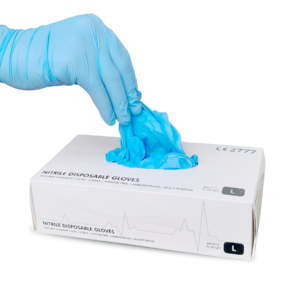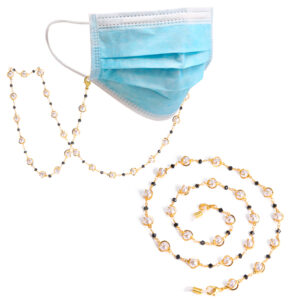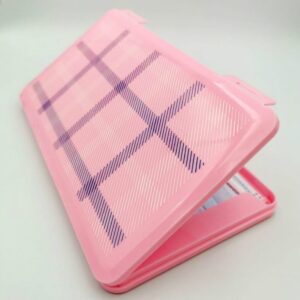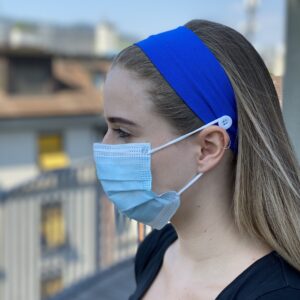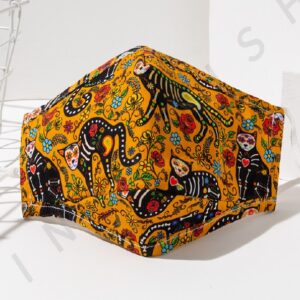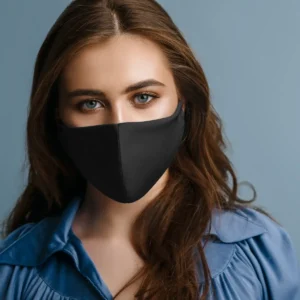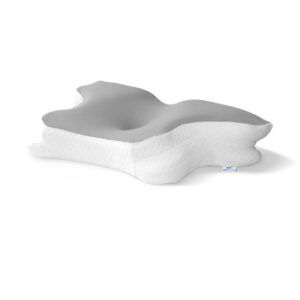What is the best mask to buy for Covid-19 protection?
The issue of buying masks seems to have reached most households around the world in the last few weeks; what kind of face mask should we buy? Which ones do we need? Which masks can protect us from Covid19 ? Here is a quick guide that explains the differences in the masks available. FFP stands for Filtering Half Face Masks, each mask corresponds to the EU regulation EN 149: 2001, the masks are then divided into 3 categories, which are determined by their level of protection: FFP1, FFP2 and FFP3. Masks are worn to protect our lungs from anything in the air, such as: B. Particles, dust, aerosols and smoke.
The FFP2 mask offers more protection than the FFP1. It is the EU equivalent to the US N95 standard and was recommended by the World Health Organization (WHO) during SARS, coronavirus and avian flu outbreaks. It offers protection against harmful substances in the air, such as B. lead dust, as well as aerosols and smoke. As a result, it is a popular mask in the mining and metal industries, in agriculture, and the mask of choice for medical personnel to protect against influenza.
The FFP3 offers the highest level of protection against inhalation of hazardous substances in the environment. The mask can protect against a wide variety of toxins, including asbestos, bacteria, and viruses, and is widely used by healthcare professionals when handling hazardous pharmaceutical chemicals. An FP3 mask means that the work of breathing will be very important. For example, the unsealed respiratory protection mask represents a danger in the event of a leak in the face. This is because the user will breathe more difficultly, which promotes the penetration of fine particles.
One speaks of FFP for disposable masks and FMP for reusable masks. The levels P1, P2 and P3 for these two categories correspond to the same requirements. The levels vary depending on the Total Internal Leakage Rate (FTI), the amount of air that does not pass through the filter and thus is not filtered, and the rate of penetration (or filtration) of the filter media. This means the% of the particles retained by the device.





